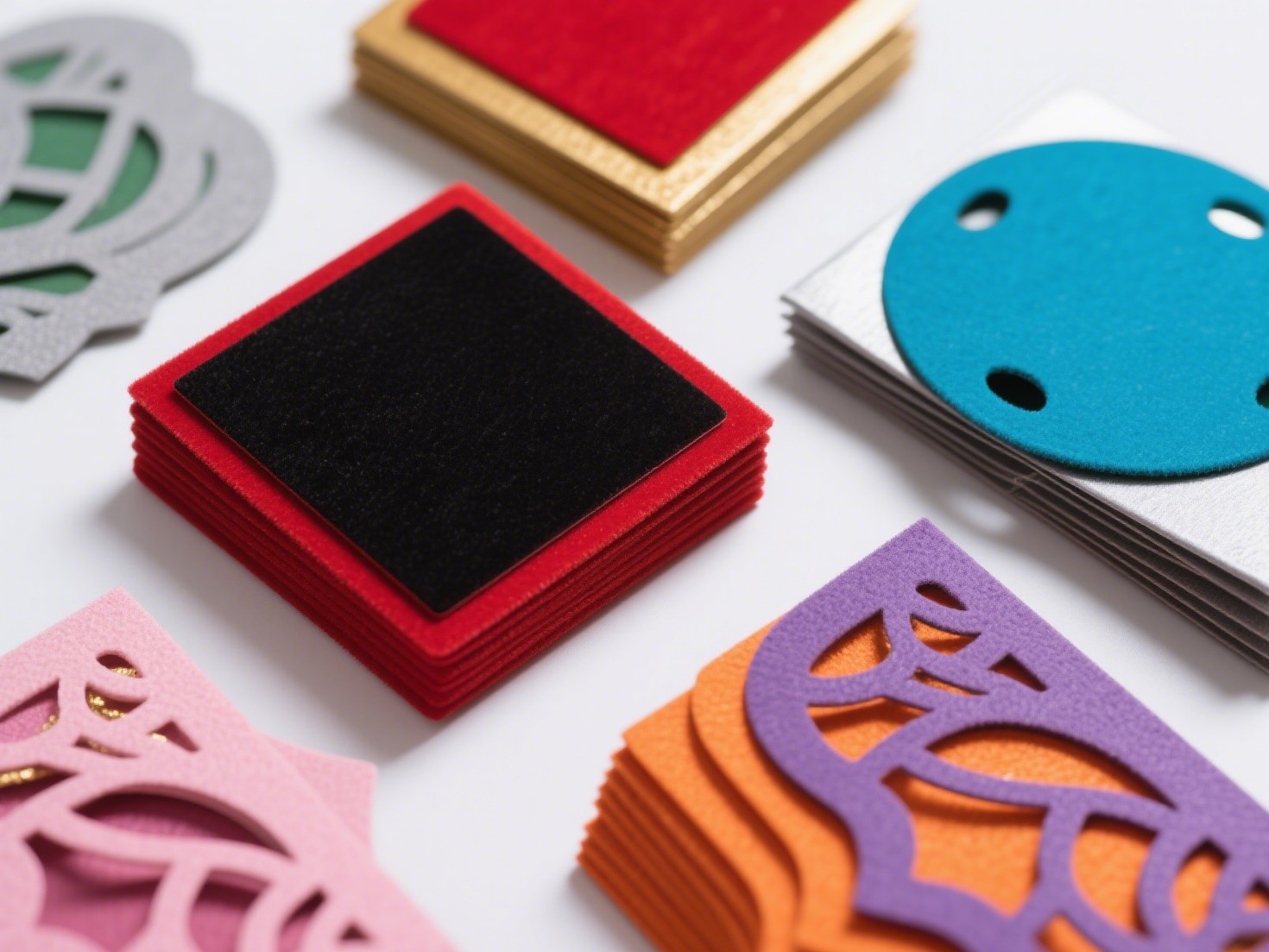In recent years, the athletic wear industry has witnessed a significant shift towards sustainability and eco-consciousness. As consumers become more aware of the environmental impact of their clothing choices, the demand for natural fabrics in athletic wear has surged. But what exactly are the best natural fabrics for athletic wear? This article delves into the characteristics, benefits, and considerations of various natural fabrics, helping you make informed choices for your active lifestyle.
Understanding Natural Fabrics
Natural fabrics are derived from plant or animal sources, making them biodegradable and often more environmentally friendly than synthetic alternatives. Common natural fibers include cotton, linen, hemp, wool, and bamboo. Each of these materials has unique properties that can enhance athletic performance, comfort, and sustainability.
- Cotton: The Classic Choice
Cotton is one of the most widely used natural fabrics in athletic wear. Known for its softness and breathability, cotton is comfortable against the skin, making it a popular choice for casual workouts and everyday wear. However, it has its drawbacks. Cotton absorbs moisture, which can lead to discomfort during intense physical activities. For those who prefer cotton, look for blends that incorporate moisture-wicking properties or consider organic cotton, which is produced without harmful pesticides.
- Bamboo: The Eco-Friendly Alternative
Bamboo fabric has gained popularity in recent years due to its sustainability and performance characteristics. Bamboo is a fast-growing plant that requires minimal water and no pesticides, making it an environmentally friendly choice. The fabric derived from bamboo is naturally moisture-wicking, antibacterial, and breathable, making it ideal for athletic wear. Additionally, bamboo fabric has a soft, silky feel, providing comfort during workouts. However, it’s essential to ensure that the bamboo fabric is processed using eco-friendly methods, as some manufacturing processes can be harmful to the environment.
- Hemp: The Durable Performer
Hemp is another natural fabric that stands out for its durability and strength. It is resistant to mold and UV rays, making it suitable for outdoor activities. Hemp fibers are breathable and have excellent moisture-wicking properties, which help keep the body dry during intense workouts. Furthermore, hemp cultivation requires less water and no synthetic fertilizers, making it a sustainable choice. While hemp fabric may have a coarser texture compared to cotton or bamboo, advancements in textile technology have led to softer, more comfortable hemp blends.
- Wool: The Temperature Regulator
Wool is often overlooked in the realm of athletic wear, but it offers unique benefits, particularly for outdoor sports. Merino wool, in particular, is prized for its fine fibers that provide insulation while remaining breathable. It effectively regulates body temperature, keeping you warm in cold conditions and cool when it’s hot. Additionally, wool has natural moisture-wicking and odor-resistant properties, making it suitable for multi-day wear. However, wool may not be ideal for high-intensity workouts in hot weather, as it can retain heat.
- Linen: The Lightweight Champion
Linen, derived from the flax plant, is known for its lightweight and breathable qualities. It is an excellent choice for warm-weather athletic wear, as it allows for maximum airflow and moisture evaporation. Linen is also naturally antimicrobial, which helps reduce odor during workouts. However, it is less stretchy than other fabrics, which may limit its use in high-impact sports. For those seeking comfort and breathability in casual athletic activities, linen is a fantastic option.
Making the Right Choice
When selecting the best natural fabric for athletic wear, consider the type of activity you will be engaging in, the climate, and your personal preferences. Here are some key factors to keep in mind:
- Moisture Management: Look for fabrics that wick moisture away from the skin to prevent chafing and discomfort.
- Breathability: Choose materials that allow for airflow to keep you cool during workouts.
- Durability: Consider the longevity of the fabric, especially for high-intensity activities.
- Sustainability: Opt for fabrics produced through eco-friendly practices to minimize your environmental impact.
Conclusion
The best natural fabric for athletic wear ultimately depends on your specific needs and preferences. Cotton, bamboo, hemp, wool, and linen each offer unique benefits that can enhance your athletic experience while promoting sustainability. As the industry continues to evolve, embracing natural fabrics not only supports your performance but also contributes to a healthier planet. By making informed choices, you can enjoy the best of both worlds: high-quality athletic wear that aligns with your values.


